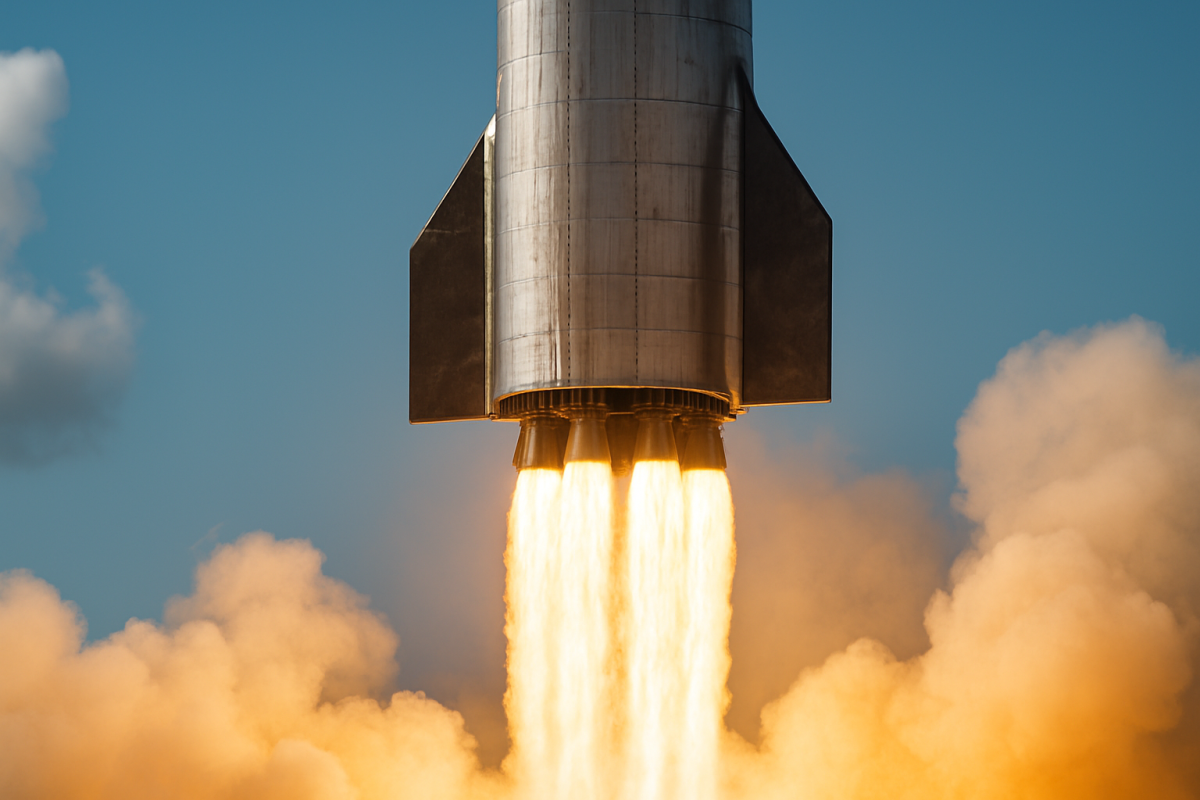On Monday, Oct. 13, SpaceX successfully launched its 11th test flight of Starship, its newest and most powerful rocket. The 403-foot megarocket lifted off from South Texas, completing its mission by traveling halfway across Earth while releasing mock satellites along its route.
This milestone marks a major advancement for the SpaceX program, as Starship represents the company’s most sophisticated spacecraft to date. Plans are already underway for a third version of the rocket that will be taller, faster and capable of traveling longer distances.
The next model will feature additional equipment to extend flight duration. It is designed to carry less propellant, so SpaceX plans to place refueling “tankers” in orbit to replenish the rocket once it reaches Earth’s upper atmosphere. The ultimate goal for Starship is interplanetary travel, specifically to Mars.
If upcoming flights continue to succeed, Starship Version 3 could achieve that goal. Elon Musk, founder and CEO of SpaceX, has said he hopes to send an uncrewed mission to Mars in late 2026, when Earth and the red planet will be optimally aligned. This is an event that occurs roughly every 26 months.
Although the third version of Starship is still in development, Musk has also announced early plans for Starship V4, projected to debut in 2027. The new model is expected to be larger and more powerful than previous versions.
Space exploration has evolved significantly since the 1960s Space Race. While the early focus was simply reaching orbit, modern missions aim to expand human presence beyond Earth. With technological advancements in engineering and science, companies like SpaceX are pushing the boundaries of what is possible and bringing humanity closer to living and working among the stars.



































